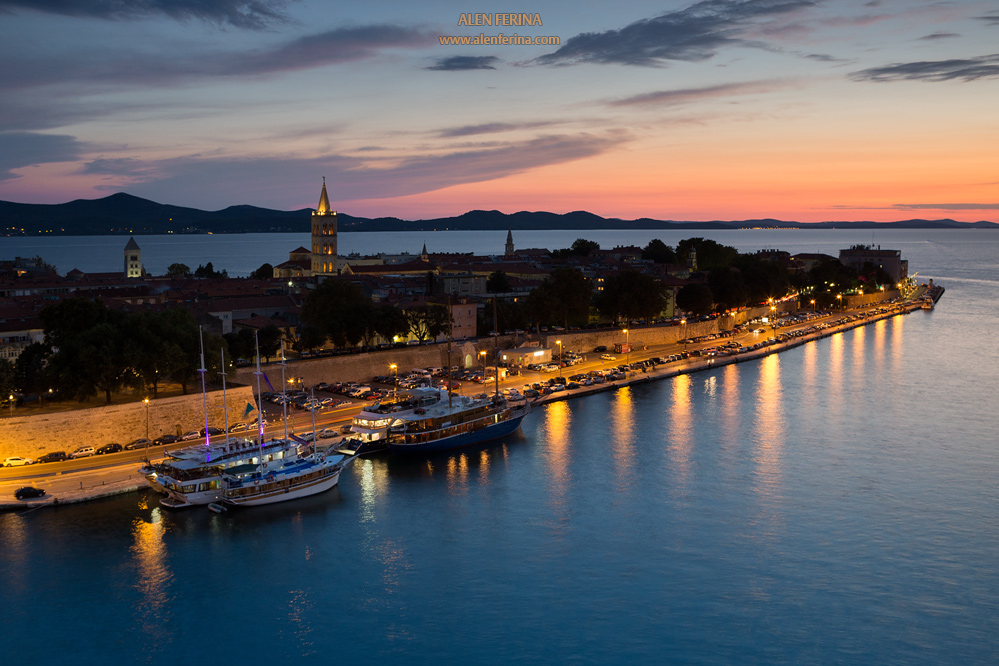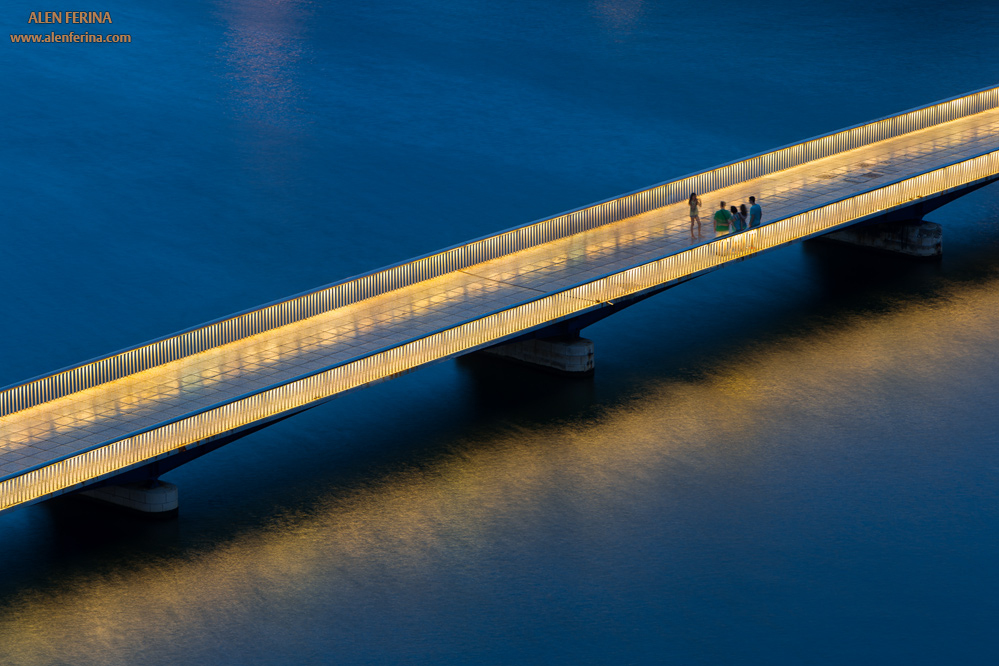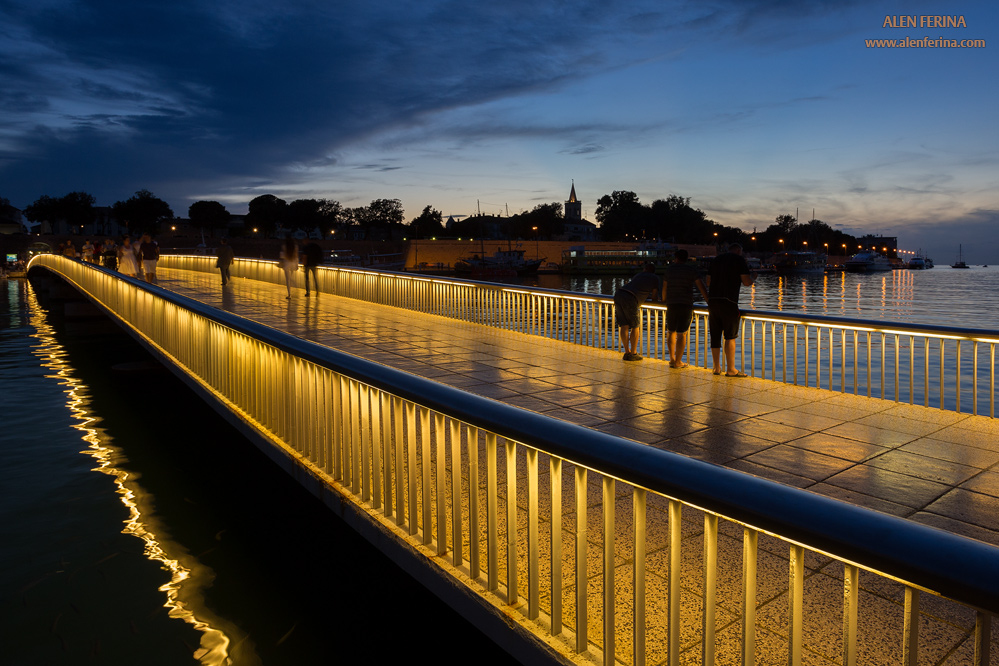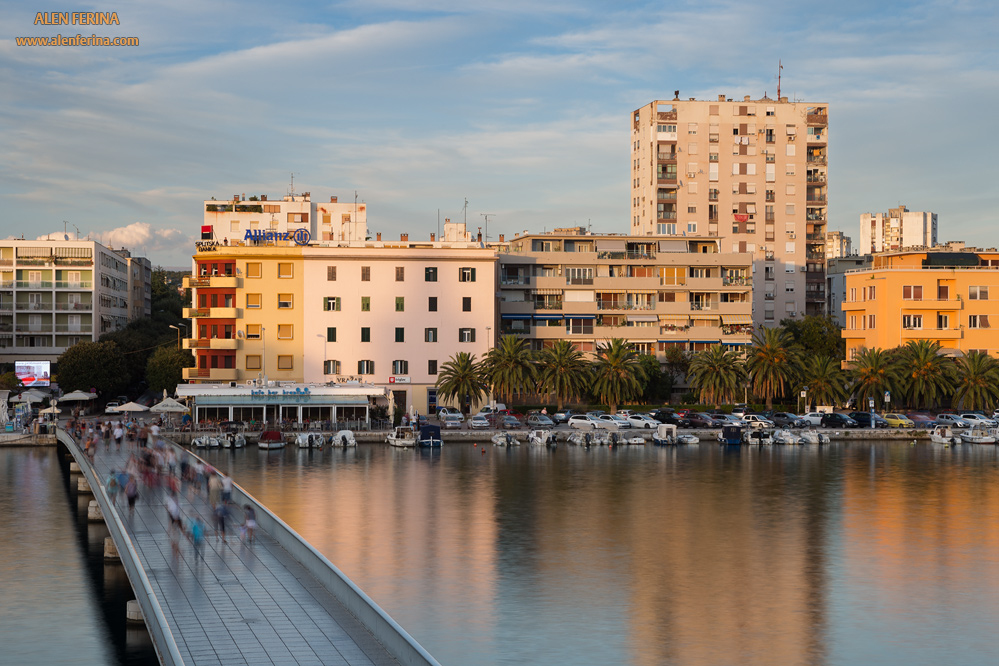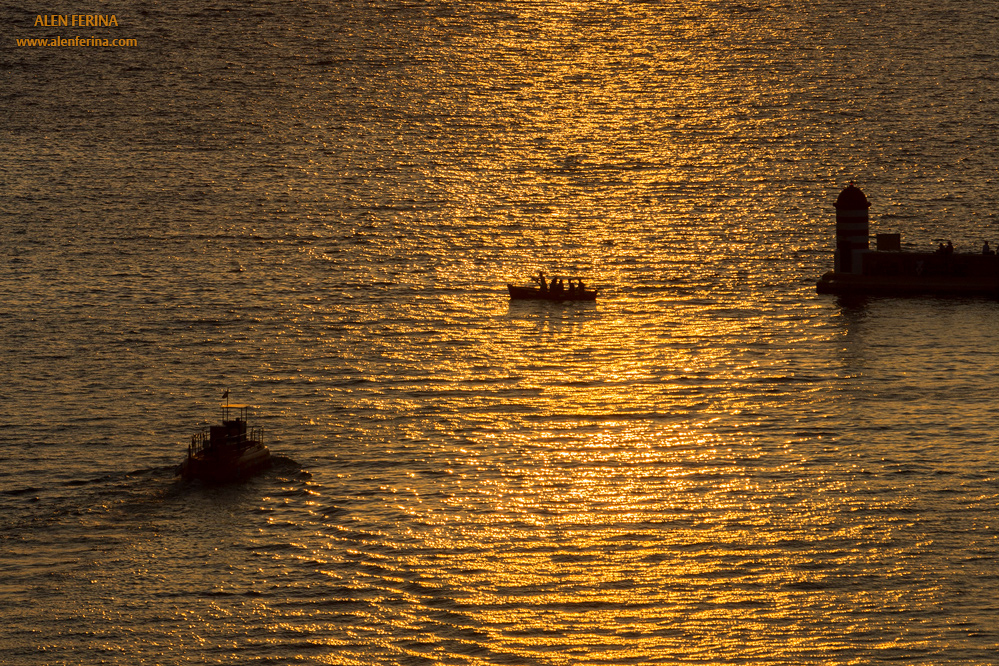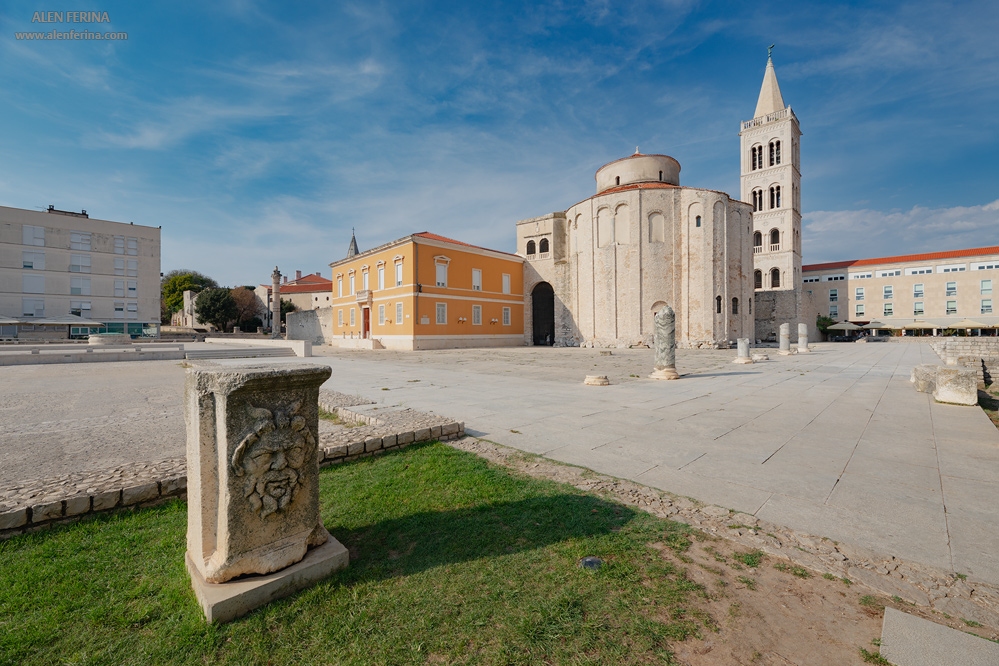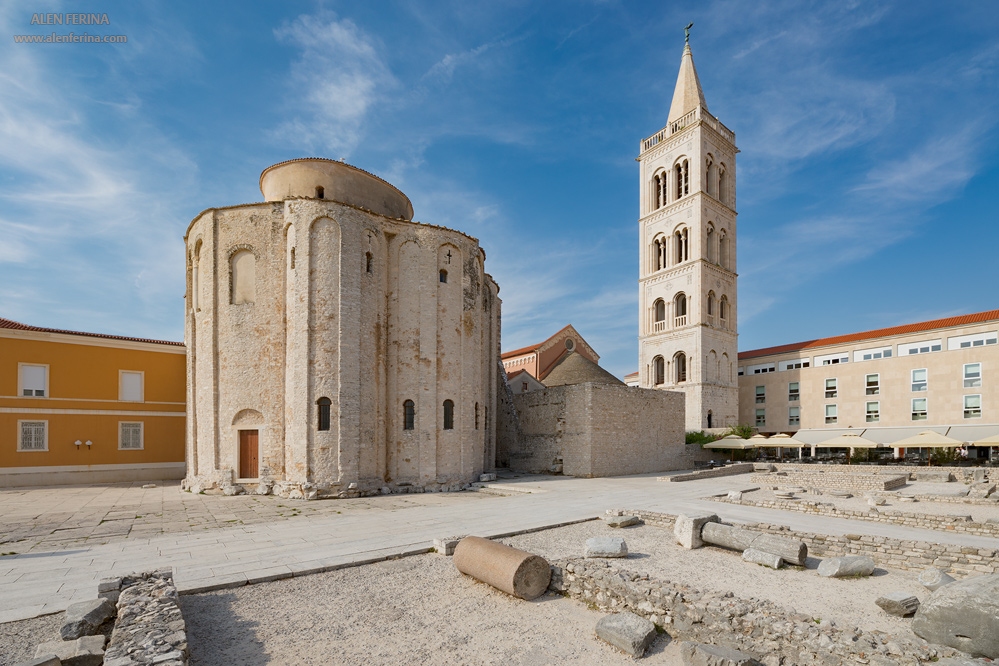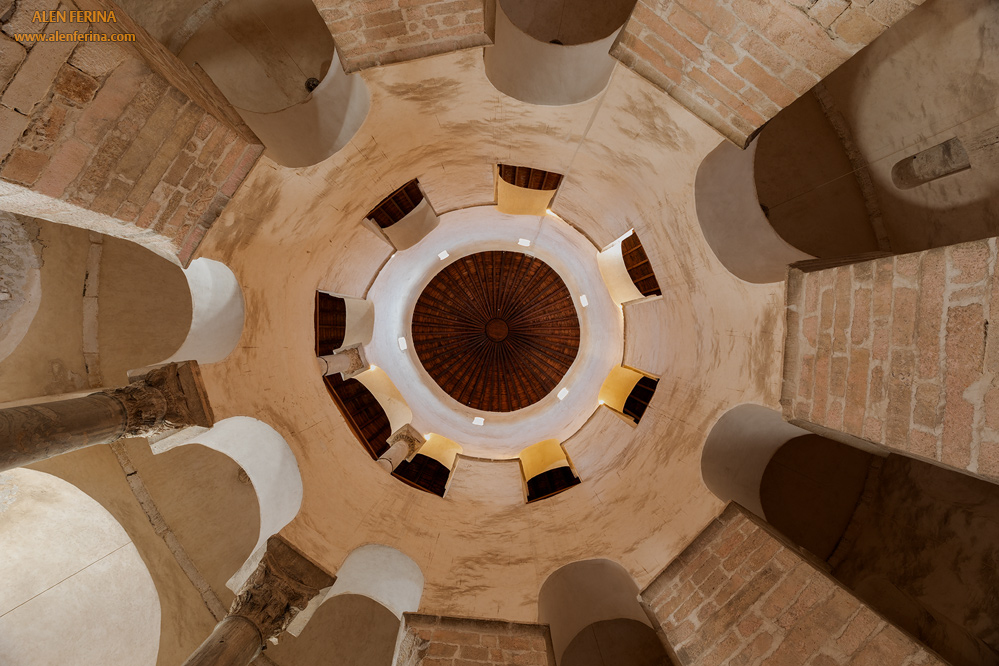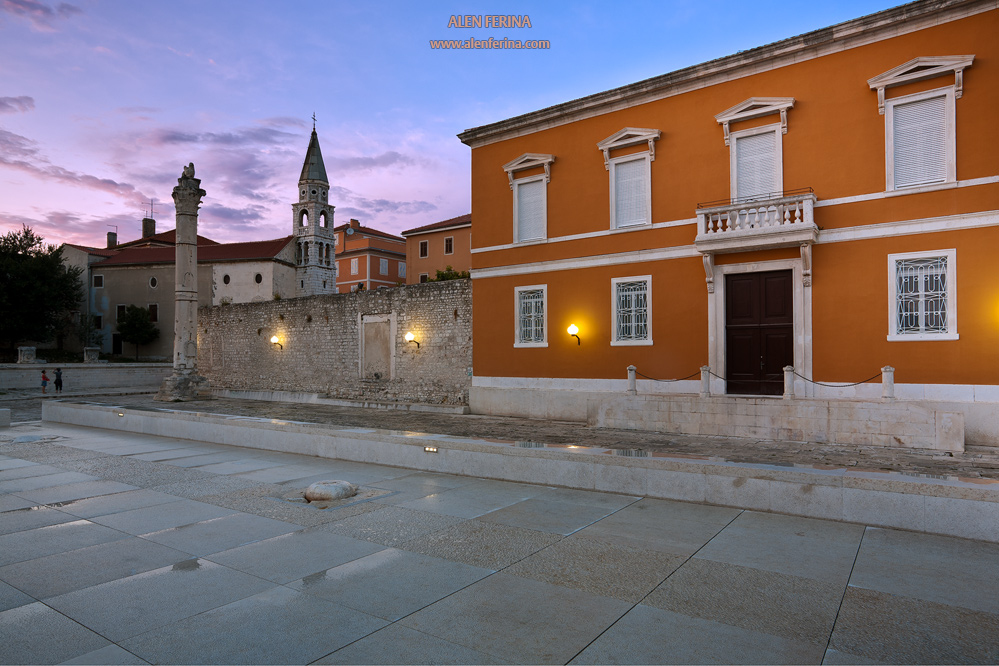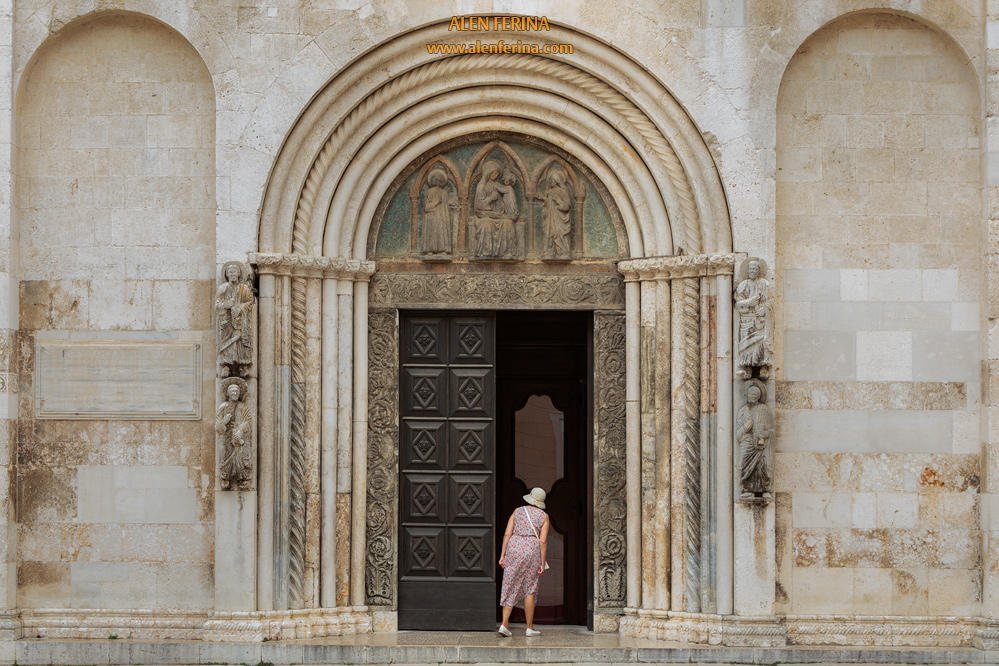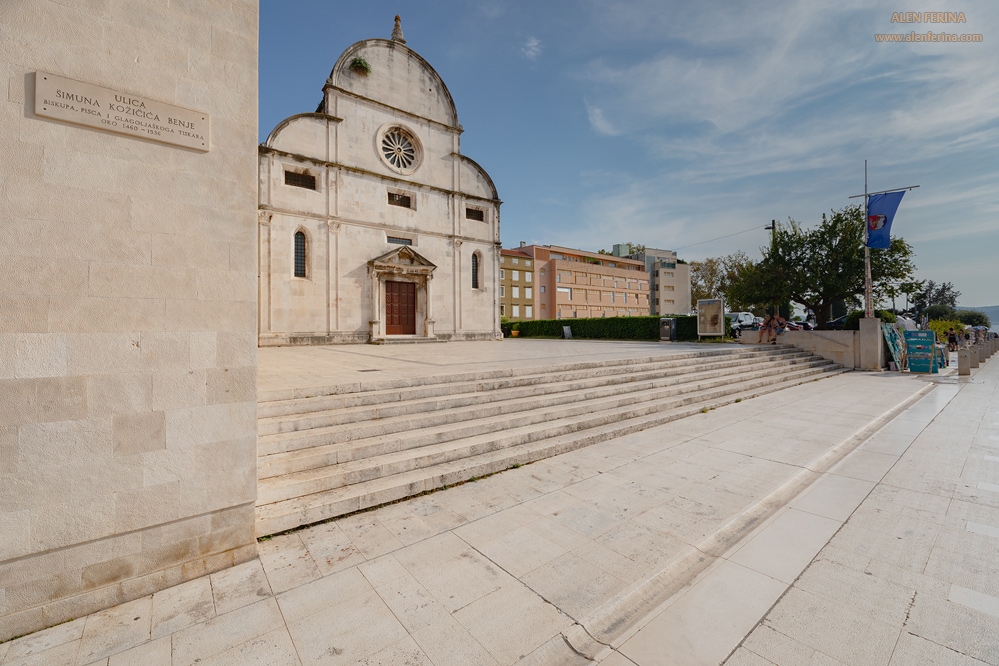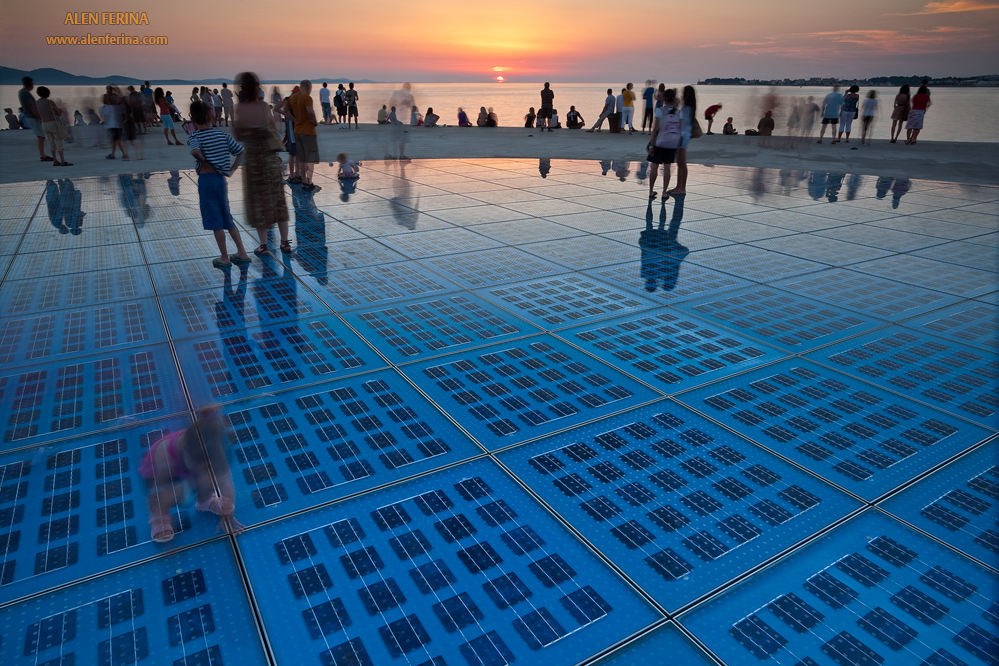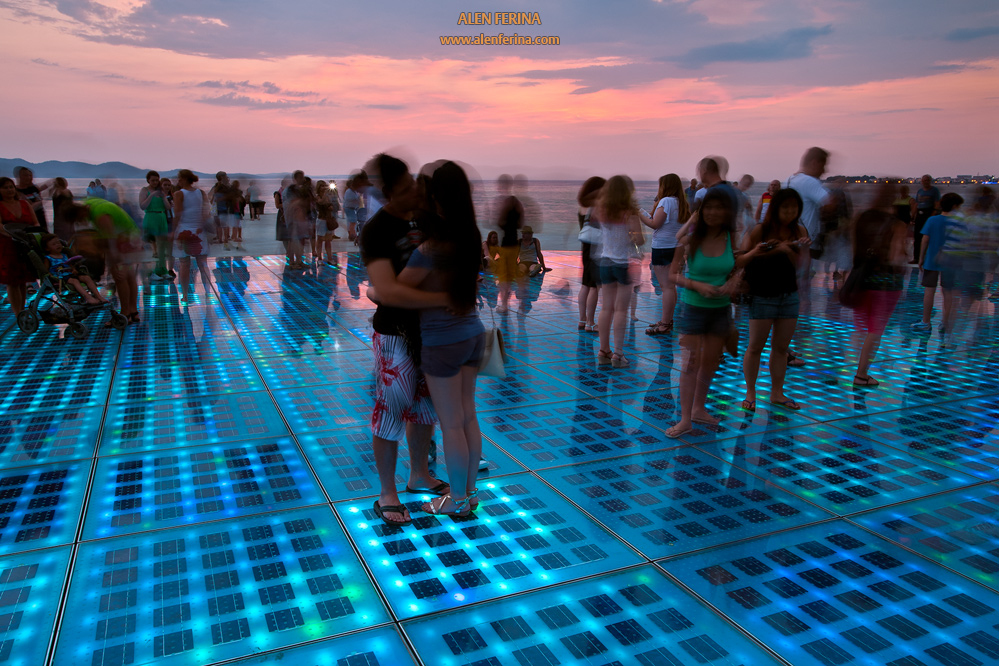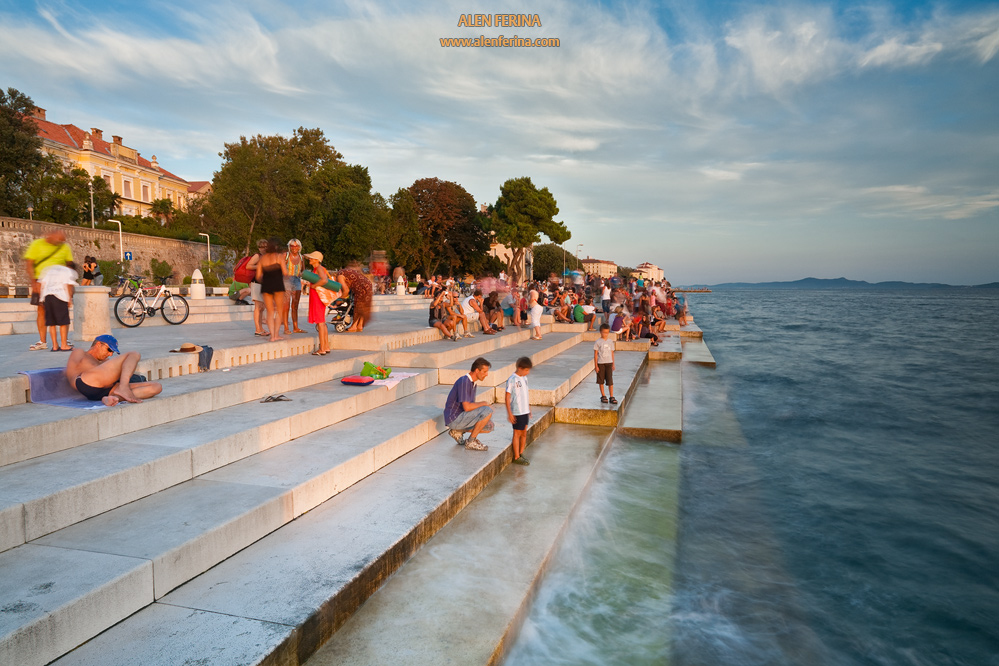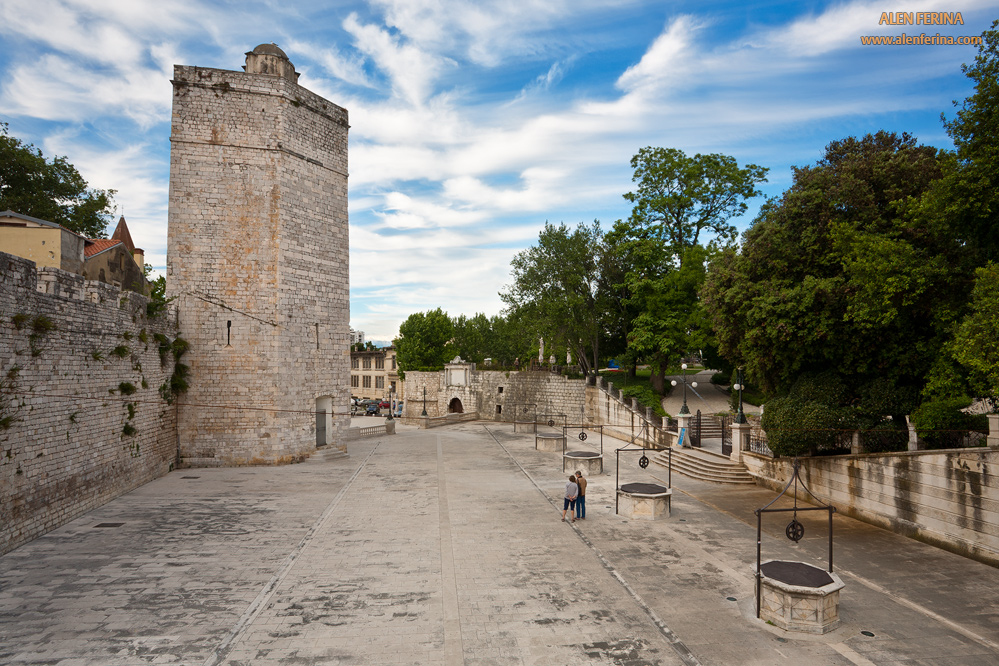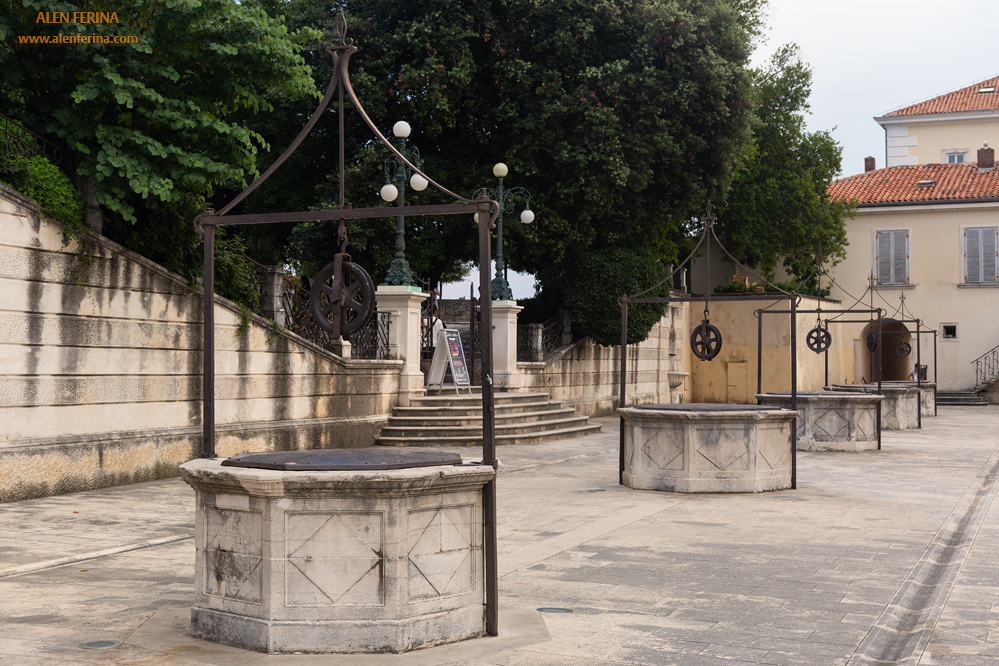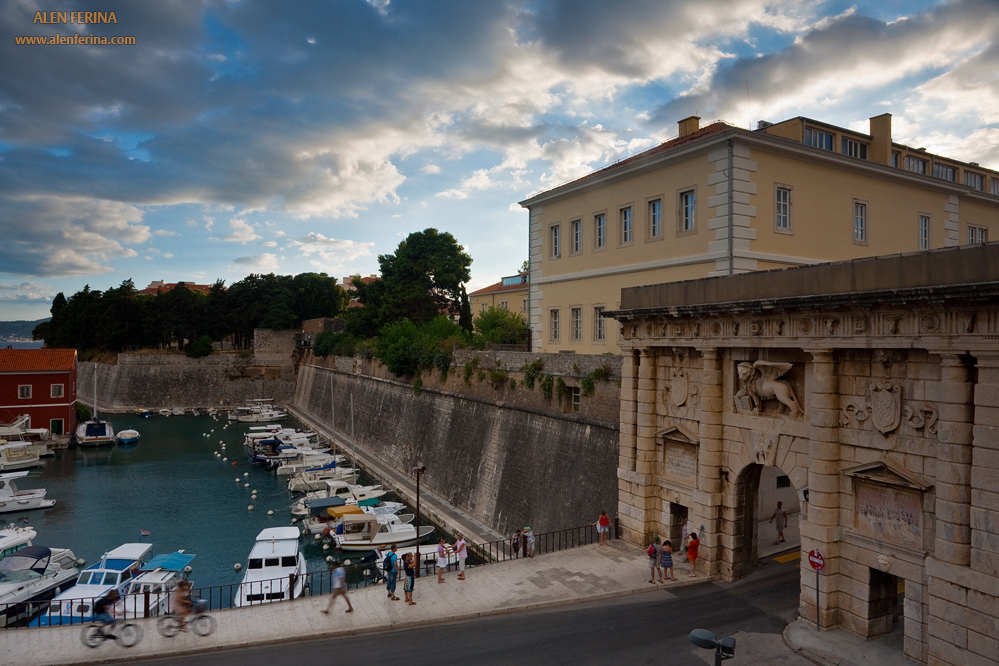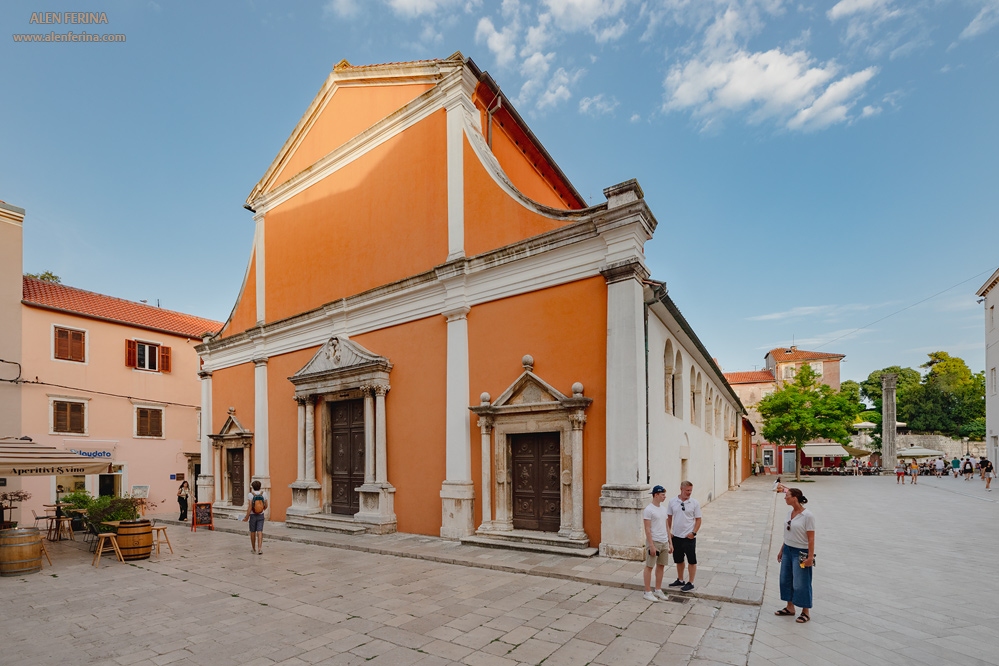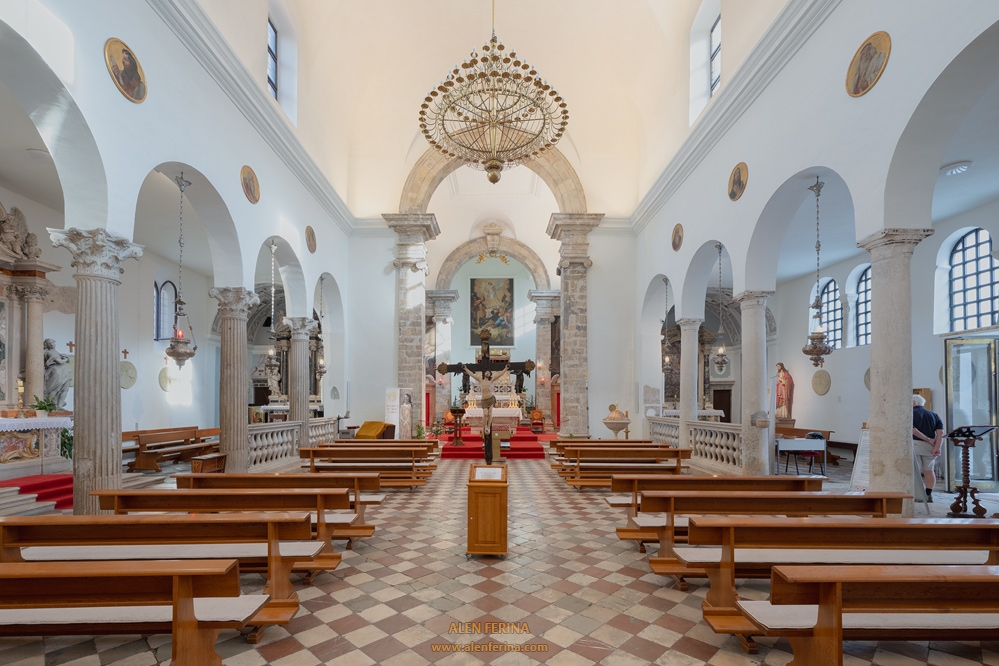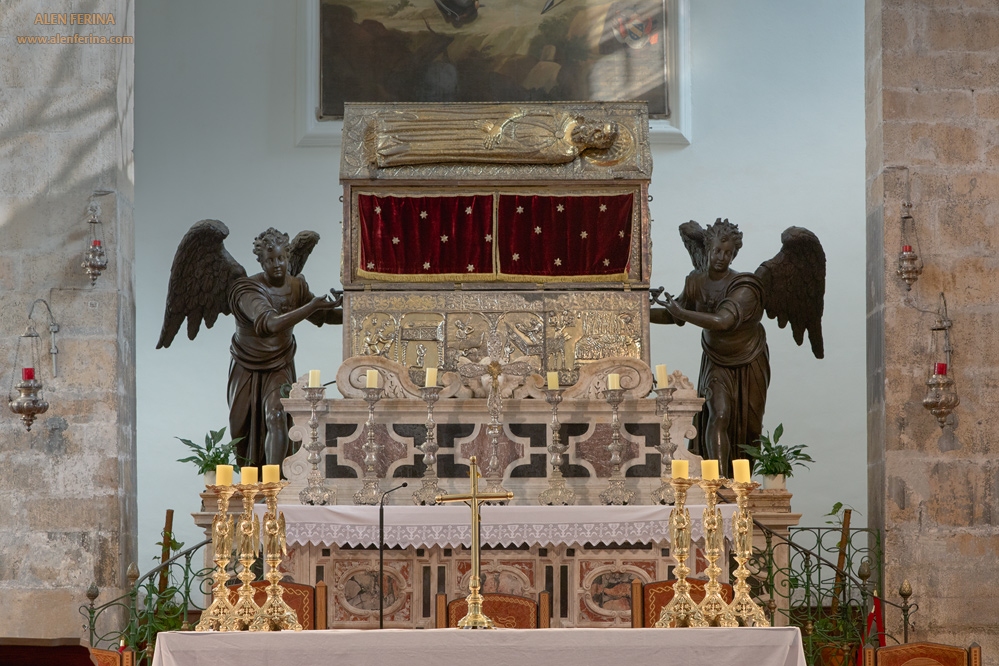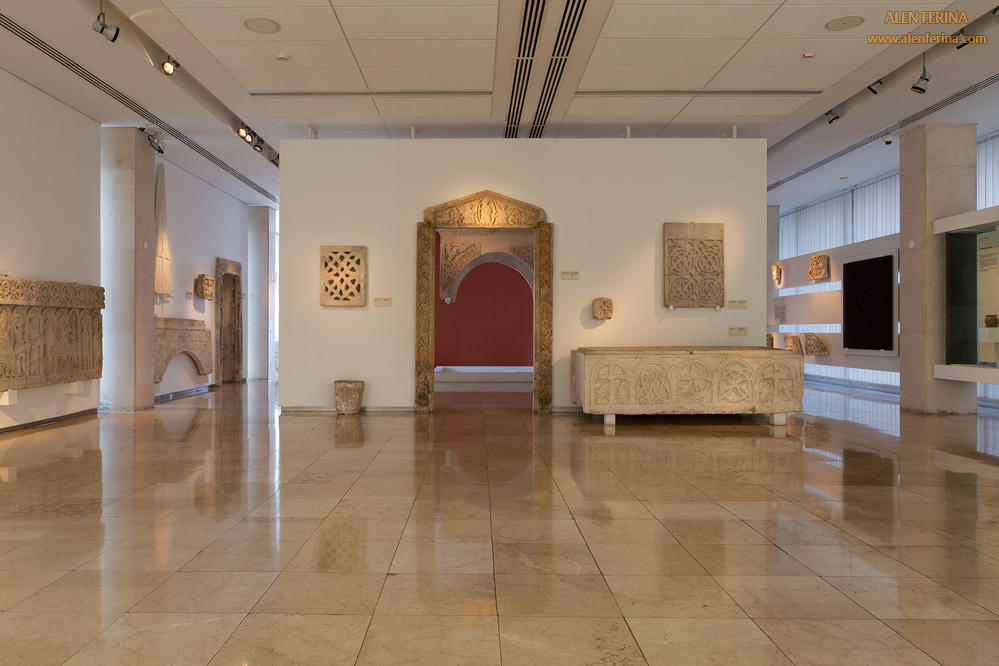What to do in Zadar?
Zadar is a north Dalmatian cultural, economical and administrative centre and a town of rich history, tradition and cultural heritage. Numerous archeological sites and monuments from antic, medieval and renaissance periods are the reason why Zadar is called treasury and well of history, protector of musical and literature tradition. Zadar is very popular and attractive Croatian tourist destination. British newspaper Guardian proclaimed Zadar “the new Croatian capital of cool“ and Times of London proclaimed Zadar “entertainment center on the Adriatic“. We’ve come up with a shortened list of most interesting things to do and see in town Zadar. The list is, of course, much longer so if you are interested in getting to know the city of Zadar in more detail check out the site of Zadar Tourist Board
Visit Jazine and use the Barkajoli service
Jazine is main port in town Zadar. It’s a big bay full of boats and ships. If you want to visit the town by foot from our apartments here you will come with the ship from island Ugljan. Just to be precise this is not the port where you’ll come with the car to get on the Ferry to island Ugljan or any other island in archipelago. Across the bay footbridge is connecting the Old town and main area of Zadar. You can either walk over the bridge or take a ride with famous local „Barkajol“ boat. This is the tradition since 14th century and is passed down from father to son, from one generation to another.
Visit Forum, church of St.Donatus and St.Anastasia’s Cathedral
The Forum -this beautiful recently reconstructed municipal square from the Roman era, built from the 1st century BC to the 3rd century AD, 45 by 90 metres in size is located in front of the church of Saint Donat and the Archbishop’s Palace and is one of the most important forums among the Adriatic ancient cities.
St.Donatus -is the most famous monumental edifice in Croatia from the early Middle Ages (9th c.). This round pre-Romanesque church today is used, due to it’s extraordinary acoustic features, for musical performances (“Musical evenings in Saint Donat”).
St. Anastasia’s Cathedral -is the biggest in Dalmatia. Its present Romanesque look was shaped in the 12th century but its oldest parts are an early Christian basilica. The Cathedral was damaged during the crusaders siege and conquest of the city in 1202, but later it was reconstructed and made longer.
Visit The Greeting to the Sun photovolt installation
At the very end of Zadar peninsula, next to the famous “Sea Organs”, shines “The Greeting to the Sun” photovolt installation and both are made by the same architect Nikola Bašić. These two installations are connected and work together to make unforgetable auditorial and luminous experience. Simultaneously with the „most beautiful sunset in the world” the lighting elements installed in a circle turn on, and, following a specialy programmed scenario, they produce impressive show of light in the rhythm of the waves and the sounds of the Sea Organs.
In cooperation with prof. Maksim Klarin from Zadar Maritime School, the names of the saints after which present and previous churches on the peninsula have been named are carved in the ring surrounding the Greeting to the Sun. Next to their names and the date of their feast day are the declination and the altitude of the sun, the length of the sunlight on that day and in that place on the waterfront. The attractiveness of the Sea Organs, for which the esteemed Zadar architect Nikola Bašić has received numerous international and national awards, has charmed not only Zadar and Croatia, but also the entire world.
Visit Sea Organ installation
This highly awarded architectural installation 70 meters long is situated at the very end of peninsula near new cruise port and is a part of Zadar’s Riva –walkway at the seafront. These are actualy stone stairs that descend into the sea. Under them at the lowest sea-tide level 35 pipes of different length, diameter and tilts are built in vertically to the coast and contain whistles which play 7 chords of 5 tones. Through these stone stairs the „sound of the sea“ comes out, the air pushed by the sea. Construction is a project made by architect Nikola Bašić with the help of prof. Vladimir Andročec, Goran Ježina, organ art workshop Heferer and prof. Ivica Stamać. All these remarkable experts in conjuction with the sea, waves, tide and flood managed to create a perfect place to hang out, relax, contemplate and enjoy sunsets while listening an endless concert of „Orchestra of Nature“.
Visit Captain’s tower and the Five Wells Square
The Captain’s tower was built by the Venetians to help the city defence against attacks of Ottomans. Today is used for exhibitions and as a sightseeing viewpoint. It is named after the nearby residence of the city captain. In medieval times there were ten similar towers but today only this one left. The Venetians also helped the city to withstand Ottomans sieges by building a defensive ditch below the old city walls and a large cistern with five wells that are no longer in use but the Square has become a popular place for concerts, events and wedding photo sessions. Next to the Five Wells Square is the first public park in Croatia named after Queen Jelena Madija and is built on top of the Grimaldi bastion. It was an unusual move to create a garden on top of a military object but citizens are eternally grateful for. The park was founded by Austrian commander Baron Franz Ludwig von Welden in 1829 who was a passionate admirer and botanist of Dalmatian flora.
Visit Foša
The most beautiful part of port Foša are Kopnena Vrata(Land Gate), a late Renaissance masterpiece built in 1543 in the shape of a triumphal arch with three entrances. It was designed by architect Michele Sanmicheli. The middle arch of the Land Gate bears a sculpted image of a mounted St. Krševan (the coat of arms of the City of Zadar), and a monumental lion of St. Mark above it (the coat of arms of the Venetian Republic). Below the monumental town walls in port Foša starts a paved path that goes through the park-promenade and ends on the western side of peninsula.
Visit Narodni Square and stroll down the longest street Kalelarga
From the Renaissance until today it’s the centre of public life in town. On this square in the Middle Ages the first foundations of municipal institutions were laid. The most important building is the City Guard(Gradska straža) from 1562, designed by a Venetian architect Michele Sanmicheli in the late Renaissance style accopmanied by small and well preserved pre-Romanesque church of St. Lawrence(Sveti Lovre) with an atrium. The City Loggia(Gradska loža), rebuilt in 1565 once in history served as the city’s courthouse, council chambers and library. During World War II it was heavily damaged. Since then this remarkable building was restored once again and nowdays serves as exhibition space, hosting events such as the triennial of contemporary Croatian art „The Blue Salon“ and the international photography triennial „Man and the Sea“. The City Hall on the eastern part of the square was built in 1935.
Visit Archeological museum
Since 1832, when Archaeological museum in Zadar was founded it has been the second one, considering the age, of all museums in Croatia. As the state museological institution it covers the area of the District of Zadar, together with the islands of Pag and Rab.
Within the Museum there are several departments such as: pre-historic, ancient, medieval and submarine archaeological units, as well as the joint archaeological collection in Nin, the library, technical unit and the department of general affairs. There are more than 100,000 various items displayed in Zadar Archaeological Museum coming from all cultural and historical periods (from Palaeolithic time to the end of the 11th century). http://www.amzd.hr/
Visit Museum of Ancient Glass
The Museum of Ancient Glass is situated in the renewed Cosmacendi house and an added structure, annex in the courtyard of the existing building which consists of a basement, ground floor, first floor and attic with the surface of 1601,4 m2 (gross). Annex consists of a basement, ground floor and first floor with the surface of 972,8 m2 (gross). Part of the natural terrain is the belonging park. The lot has irregular form, it is situated close to the city walls near the main city entrance (Moro bastion from the 16th century). https://www.mas-zadar.hr/


